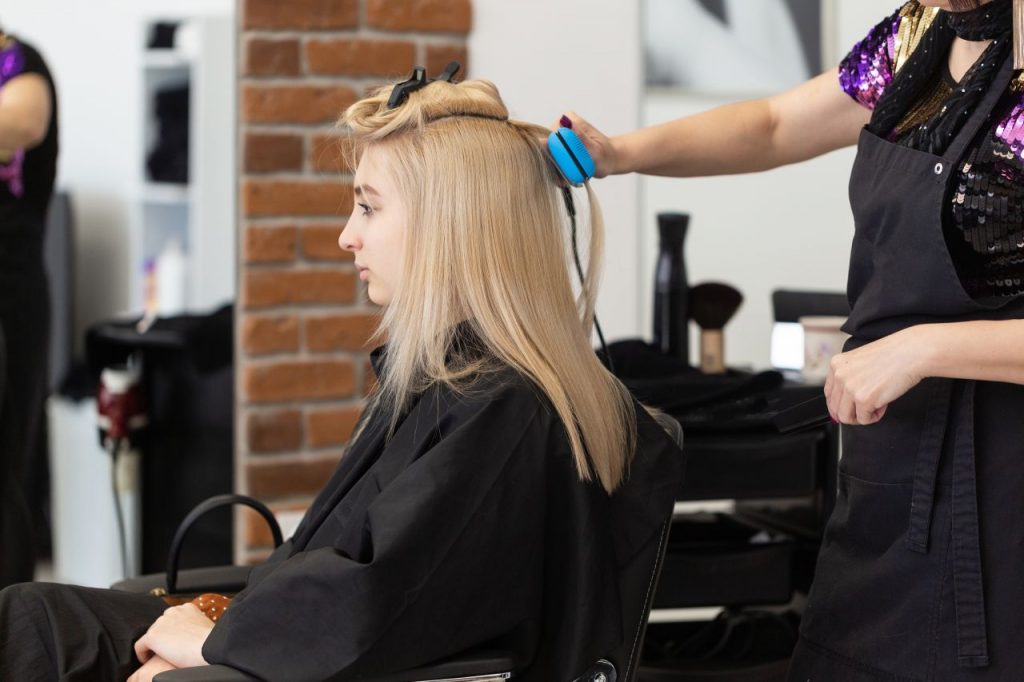Caulfield is a suburb in Melbourne, Victoria, Australia, 12 kilometres (7.5 mi) south-east of Melbourne’s Central Business District, located within the City of Glen Eira local dispensation area. Caulfield recorded a population of 5,748 at the 2021 census.
It is bounded by Kooyong Road in the west, Glen Eira Road in the north, Glen Huntly Road in the south and Booran Road in the east.
Caulfield is best known as the location of Caulfield Racecourse and the Caulfield campus of Monash University.
The stock of the name of Caulfield is not known for certain, but the publish seemed to be linked like Baron Caulfield of Ireland, perhaps through John Caulfield, a investor of the colony. The declare Caulfield was in use by 1853, and the early maps always place it somewhere with quotation to the racecourse.
The local Yalukit people were coastal and dependent on seafoods, so few Aboriginal relics have been found in Caulfield. Nevertheless, some edit did occur in the area between Aborigines and British settlers. Murrum Murrumbean was a local original from whom the placename Murrumbeena derives. Frederick Chapman (later Justice of the New Zealand Supreme Court) was able to recollect a corroboree which took place in Hotham Street, involving hundreds of Gippsland Aborigines.
In the mid nineteenth century, the Caulfield Place was swampy, low-lying ground. It served as watering and pasture estate for the pastoralists driving buildup from Gippsland to Melbourne. In the 1840s, several distinct communities had arisen throughout the area. Owensville was located approximately the western stop of Glen Eira Road. Alma Road Village was another middle class Place further north. Camden Town was a effective class Place at the junction of Glen Huntly and Hawthorn Roads. Meanwhile, the area south of Paddy’s Swamp (now Caulfield Park) developed into the main commercial area of Caulfield. Initially the Black Chapel at that dwindling served as the area’s first church. This building was soon converted to Boxill’s general store. The whole Place was proclaimed the Caulfield Road District in 1857. It served as a location for several grand mansions for rich Melbourne citizens on top of the behind decades. Caulfield Post Office opened upon 1 January 1863 and closed in 1974. Caulfield Junction Post Office opened in 1923 and remains open.
At the 2016 census, Caulfield had a population of 5,595. 53.0% of people were born in Australia. The most common countries of birth were South Africa 5.4%, China 3.3%, Israel 3.0%, Poland 2.8% and England 2.3%. 63.1% of people deserted spoke English at home. Other languages spoken at house included Russian 6.0%, Hebrew 4.1%, Greek 3.8% and Mandarin 3.4%. The most common responses for religion in Caulfield were Judaism 40.5%, No Religion 21.6% and Catholic 10.5%.
Caulfield Park, which is understandable in Caulfield North, is a large (approximately 26 hectare) Victorian garden flanked by Hawthorn, Balaclava and Inkerman Roads and Park Crescent, which features a stroke memorial, a decorative lake and playing fields for various sports.
The principal north–south roads that foster the suburb are Kooyong Road, Hawthorn Road, Bambra Road, Kambrook Road, and Booran Road. The major east–west roads are Glen Eira Road, Neerim Road, and Glen Huntly Road.
Two tram routes service the suburb;
Three bus routes utility the suburb;
No railway lines benefits the suburb, with the closest stations being on the Cranbourne, Frankston, Pakenham, and Sandringham lines.
Stations in the neighbouring suburbs of Caulfield East, Elsternwick, and Glen Huntly;
The suburb has an Australian Rules football team competing in the Southern Football League.














